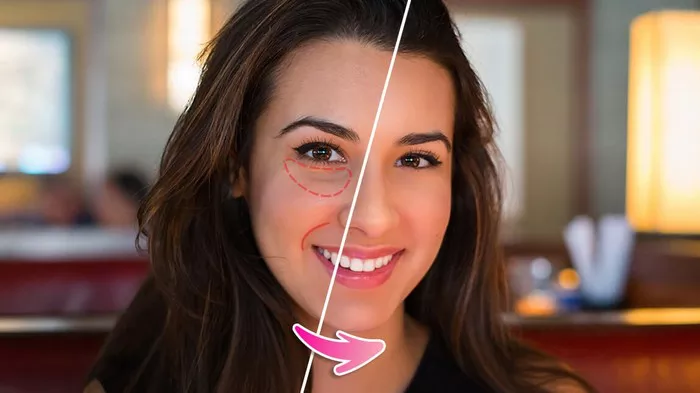Acne scars are marks left behind after inflammation from acne, commonly known as pimples or acne, occurs. These scars can be either indentations formed after acne rupture or pigmentation caused by inflammation. There are various methods for treating acne scars, and here are several common treatment options:
Microneedling: This treatment involves rolling tiny needles over the skin to stimulate tissue beneath, promoting collagen formation to improve the appearance of scars. It is generally safe and may be effective for acne scars, with minimal risk of skin color changes.
Dermabrasion: By using a rapidly rotating brush or other device to remove the skin’s outer layer, surface scars can be reduced, making deeper acne scars less noticeable. However, this method may carry potential serious side effects such as scarring and skin color changes.
Chemical peels: Chemical solutions are used to remove the skin’s outer layer, reducing scars. Mild to moderate peels may require repeated treatments for maintenance, while deep peels are typically performed only once. It’s important to note that deep peels may lead to skin color changes, especially in darker skin tones.
Surgical procedures: For individual acne scars, they can be surgically excised and then repaired with stitches or skin grafts. Additionally, a technique called “subcision” can help release fibrous tissue beneath scars, making them smoother.
Treatment for Wrinkles
Wrinkles are a natural sign of skin aging, with the skin losing elasticity and moisture with age, leading to wrinkle formation. Treatment methods for wrinkles include:
Fillers: Fillers such as hyaluronic acid can be used to smooth wrinkles, directly injecting into the wrinkles to increase volume and smoothness.
Botulinum toxin injections: Botulinum toxin type A (Botox) can be used to relax muscles and reduce wrinkle formation. It works by blocking nerve signals, causing specific muscle areas to relax and reduce wrinkles.
Laser therapy: Lasers can stimulate collagen regeneration, increasing skin elasticity and smoothness. Laser treatment typically requires multiple sessions to achieve optimal results.
Microneedling: Also applicable for wrinkle treatment, microneedling stimulates collagen production deep within the skin, reducing wrinkles.
Considerations
Before undergoing any medical aesthetic treatment, it’s advisable to consult with a professional dermatologist or cosmetic surgeon to determine the most suitable treatment plan for your individual needs. There may be some side effects during treatment, such as redness, pain, or risk of infection, so it’s essential to follow the doctor’s guidance. Additionally, post-treatment care is crucial, such as avoiding direct sunlight and using gentle skincare products, to ensure the maximization and safety of treatment outcomes.
Remember, everyone’s skin condition and response are unique, so individual circumstances should be considered when choosing treatment methods. If you have any questions or concerns, be sure to discuss them with your doctor.

